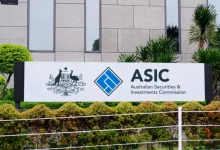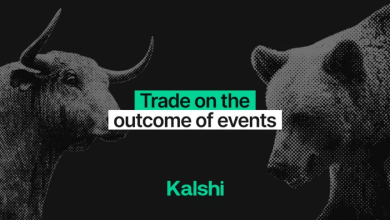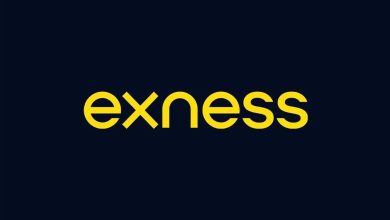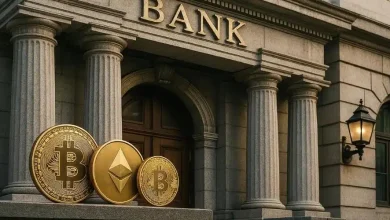Venezuela Turns to Tether’s USDt as Inflation Tops 229%
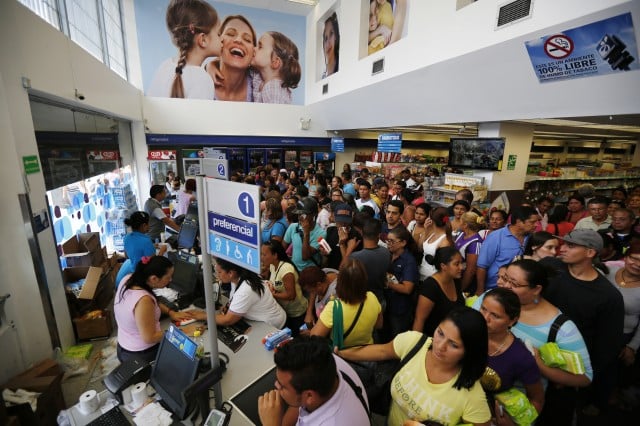

Why Stablecoins Are Replacing the Bolívar
Stablecoins like Tether’s USDT have become a lifeline in Venezuela’s collapsing economy, where inflation hit 229% annually in 2025 and the bolívar has all but disappeared from daily commerce. The International Monetary Fund estimates cumulative inflation since 2013 at over 10 million percent, erasing savings and trust in the national currency.
Once used mainly by crypto enthusiasts, USDT—known locally as “Binance dollars”—now circulates for everyday expenses from groceries to school fees. Ecoanalítica research shows that 53% of private-sector transactions are conducted in foreign currency or digital equivalents, with USDT becoming the preferred digital unit of account in Caracas and other urban areas.
“The bolívar is effectively dead for payments,” said entrepreneur Mauricio Di Bartolomeo, co-founder of crypto lender Ledn. He noted that stablecoins act as both a superior version of the U.S. dollar and an economic equalizer, with gig workers, taxi drivers, and families all transacting directly in USDT.
Investor Takeaway
How Venezuela’s Market Works in Practice
Venezuela operates with multiple platform rates: the central bank’s 151.57 bolívars per dollar, a parallel market rate of 231.76, and Binance’s USDT benchmark at 219.62. Merchants overwhelmingly use the USDT rate because of its liquidity and stability. Arbitrage opportunities of 40% or more between official and market rates have incentivized businesses to abandon the bolívar entirely.
From small shops to service providers, stablecoins now underpin transactions. Anova consultancy estimates $1.3 passed through Venezuelan platforms in 2024, with Binance P2P dominating. Chainalysis ranked Venezuela 18th and 9th on a per-capita basis in 2025, with stablecoins representing 47% of local crypto transactions under $10,000.
Even state-linked actors are involved. Banco de Venezuela has reportedly tested stablecoin settlement for corporate clients, while politically connected firms profit by retradeing official dollar allocations at parallel rates. This mix of grassroots adoption and institutional experimentation highlights how entrenched stablecoins have become in the financial fabric.
Stablecoins Enter the Oil Trade
The adoption extends beyond households. Following renewed U.S. sanctions on crude exports, state oil company PDVSA began demanding partial payments in USDT in mid-2024 to bypass sanctioned banking channels. Other industries have also shifted to stablecoins to reduce dependence on unreliable dollar flows.
“Oil companies and other industries are pivoting to them,” said Di Bartolomeo, noting that stablecoins are assisting firms sustain operations despite international restrictions.
Investor Takeaway
Global Context: Argentina, Turkey, Nigeria
Venezuela’s embrace of stablecoins mirrors broader adoption in inflation-stricken economies. In Argentina, where inflation reached 276% in 2025, USDT is widely used on Mercado Libre. In Turkey, stablecoin volumes topped $190 billion in 2024 as lira volatility surged. In Nigeria, USDT is the most , with daily P2P volumes of about $56 million.
This pattern underscores stablecoins’ role as a global hedge against fragile currencies. For investors and policymakers, Venezuela’s case provides a preview of how crypto can embed itself into real economies when fiat collapses and alternatives are scarce.


